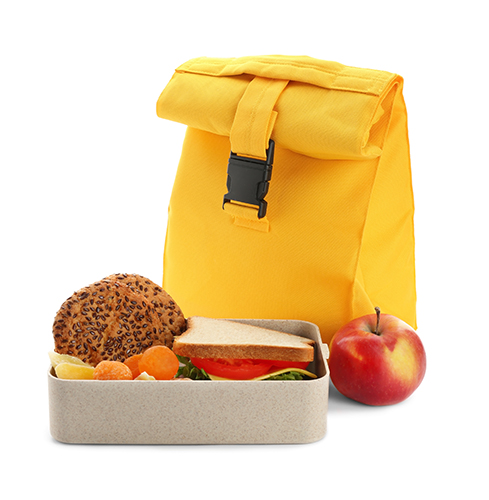Keeping your lunchbox free from bacteria can be done in four easy steps.
Do you hear the school bell ringing? That’s right parents – it’s that time of year again! The new school year has arrived, which means you’re probably preparing and packing meals for your kids. You pack their meals with love, care (and hopefully vegetables) in the morning, just to see them sticky with who knows what in the evening. It’s as if a mini hurricane struck their lunchbox– the peanut butter is smeared on the right side, the orange juice took a hit and spilled all over, and there are soggy crumbs sticking all over the top and bottom of the box. You’re probably tired after a long day of work, so you quickly take out the packed plastic containers and partially eaten food, put the plastic containers in the dishwasher, put the lunchbox away, and call it a day. Although it’s more work, you may want to think again about how hurriedly you “clean out” that box.
A 2017 study revealed 73% of school lunchboxes contain high bacteria levels that can trigger health problems such as migraines, eczema, coughs, asthma, aspergillosis, etc. As much thought as you put into preparing their meals, you should consider putting the same amount of care into cleaning those grimy lunchboxes or bags.
Here are some tips:
- Inspect it: Once the kids get back from school, empty their lunchbox. Run your fingers between the creases of it, to make sure you expose all the hidden crumbs, then shake it out to remove all the loose stuff.
- Wipe it: You can either grab antibacterial wipes to clean the lunchboxes or go the natural cleaner way. Find an empty spray bottle, mix equal parts of vinegar and water into the bottle, and spray the lunchbox thoroughly, wiping it clean with a sponge.
- Wash it: To rid fabric lunch bags of mold and bacteria wash with soap and water. Fill your sink with water and mix in a small amount of dish detergent. Then wipe both the interior and exterior of the bag with a sponge, rinse it with a dampened cloth, pat it dry with a towel, and let it air dry.
- Use the dishwasher: Most metal and plastic lunchboxes can be put into the dishwasher, but you may still want to check any cleaning instructions just to make sure.
By taking these tips into consideration (and hopefully into practice), you will be not only be taking care of your kids’, but you’ll be helping them stay healthy and happy with clean, well-packed meals.







